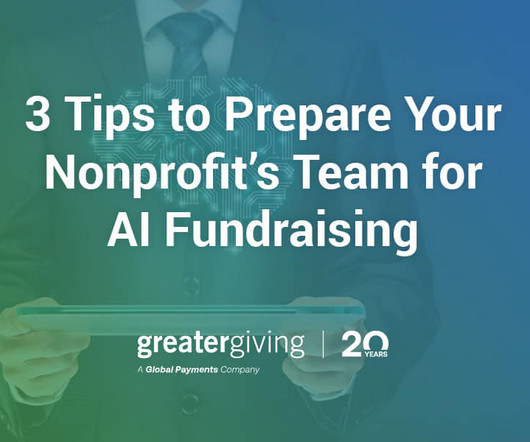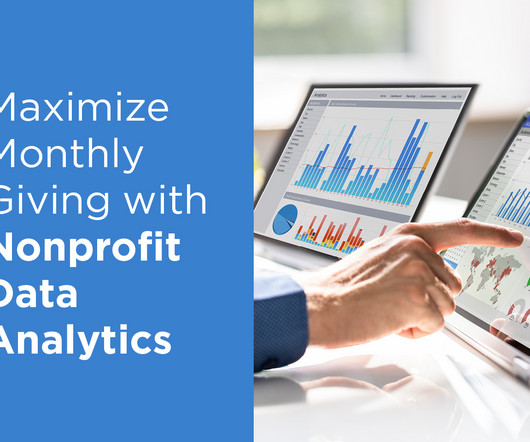6 Tips on How to Use Social Media to Acquire New Donor Prospects
Nonprofit Tech for Good
OCTOBER 22, 2020
Development audit after development audit of small- to mid-sized organizations reveals that while donor retention remains a critical issue there is also another issue that is equally important. Far too many groups are not focusing their fundraising efforts on wide-scale donor acquisition efforts.





































Let's personalize your content